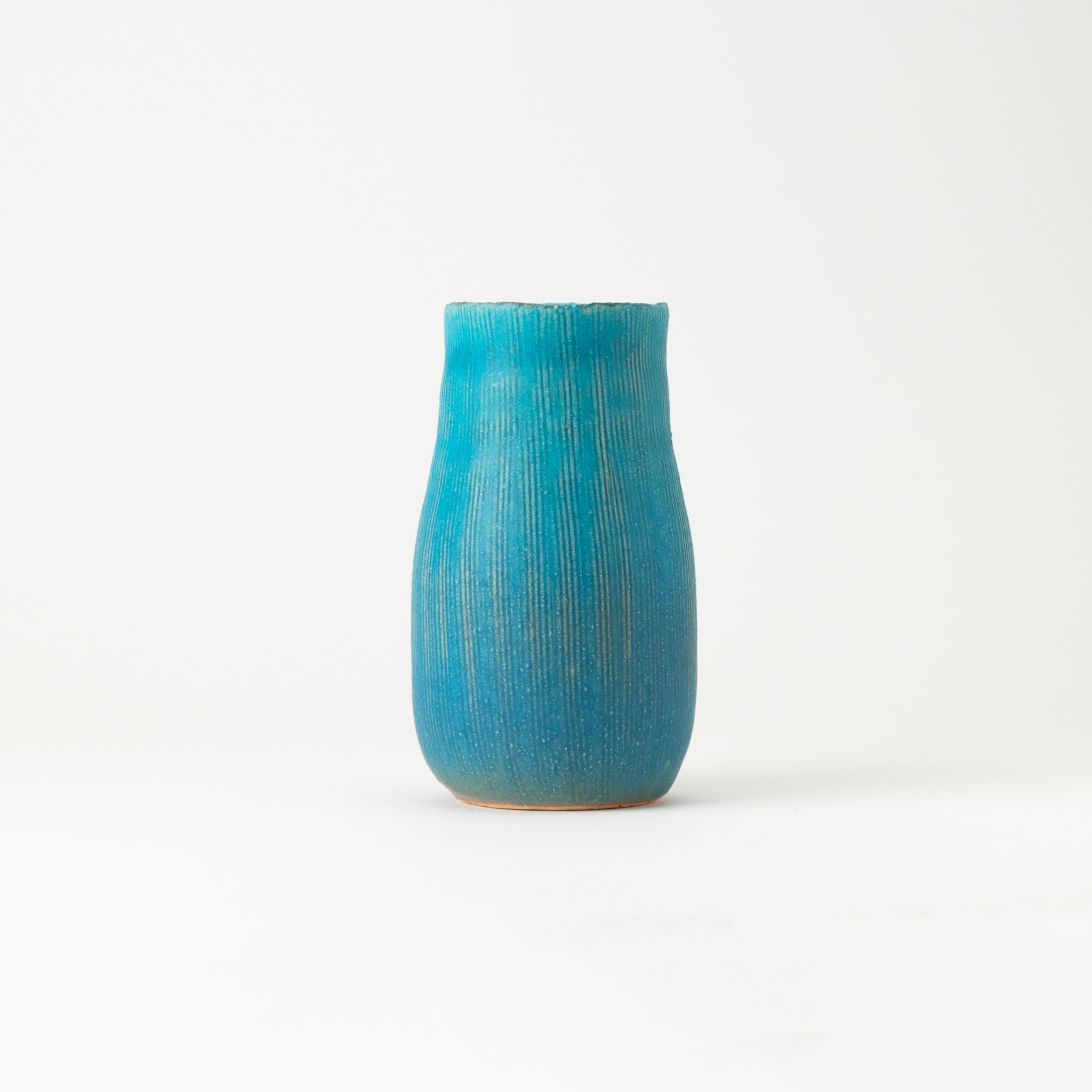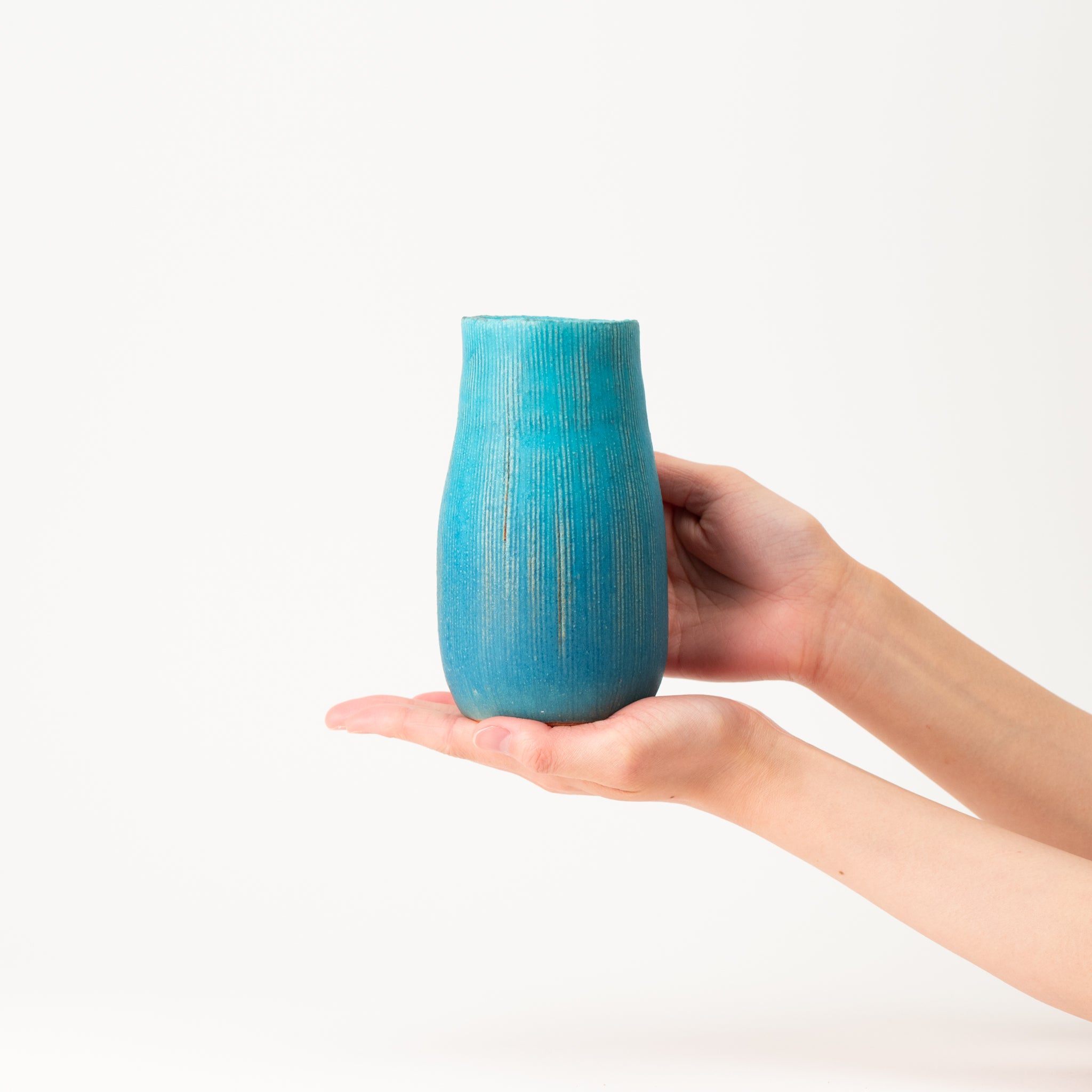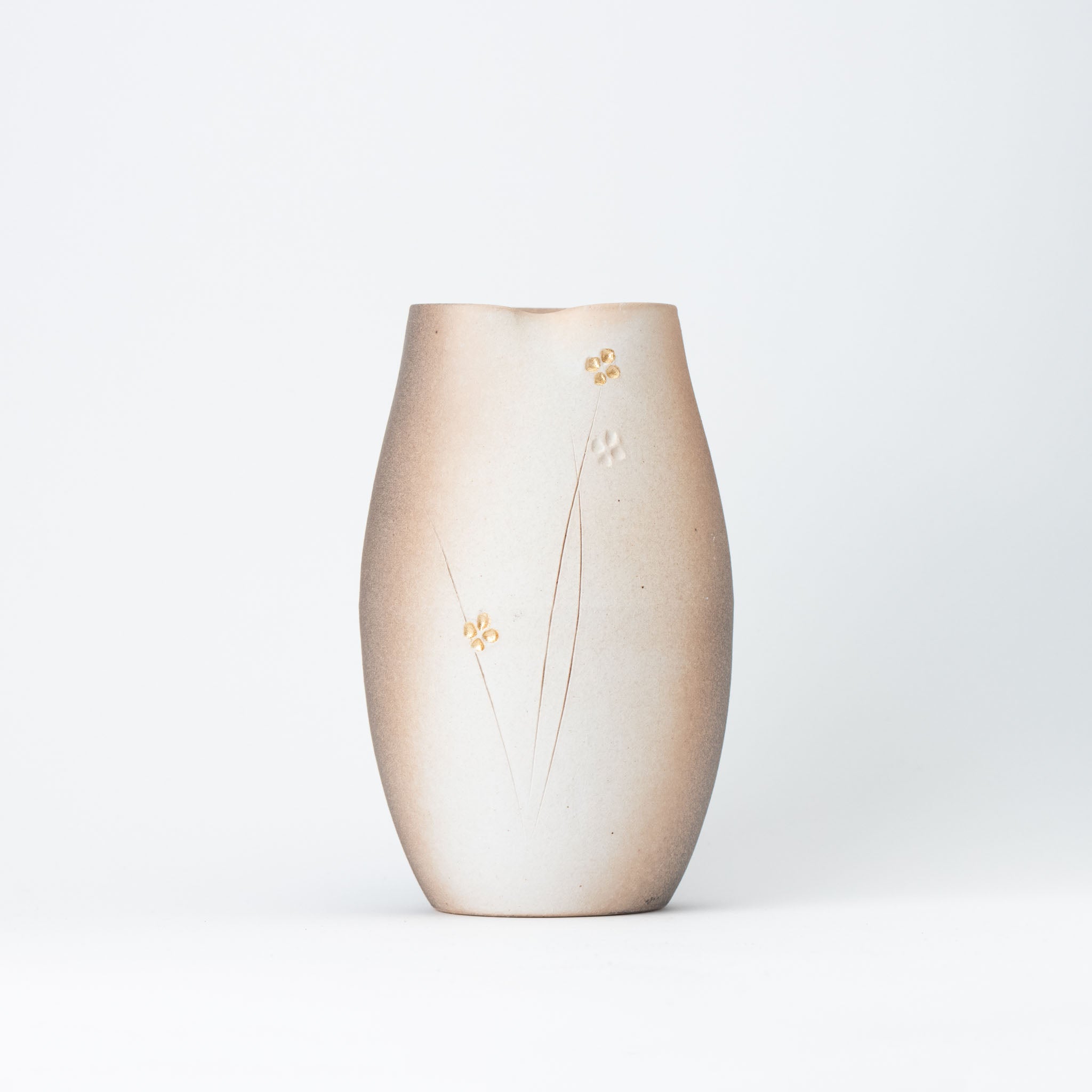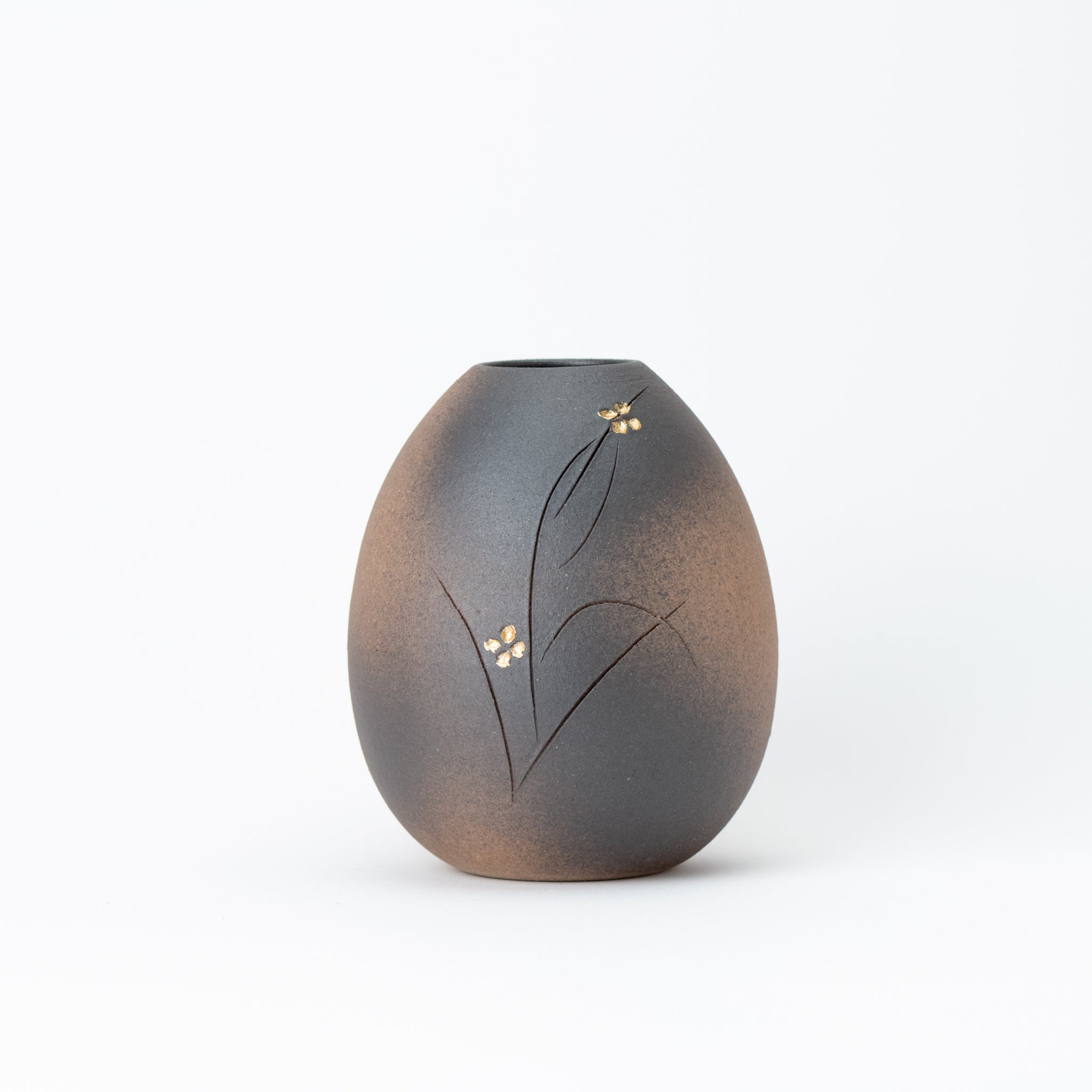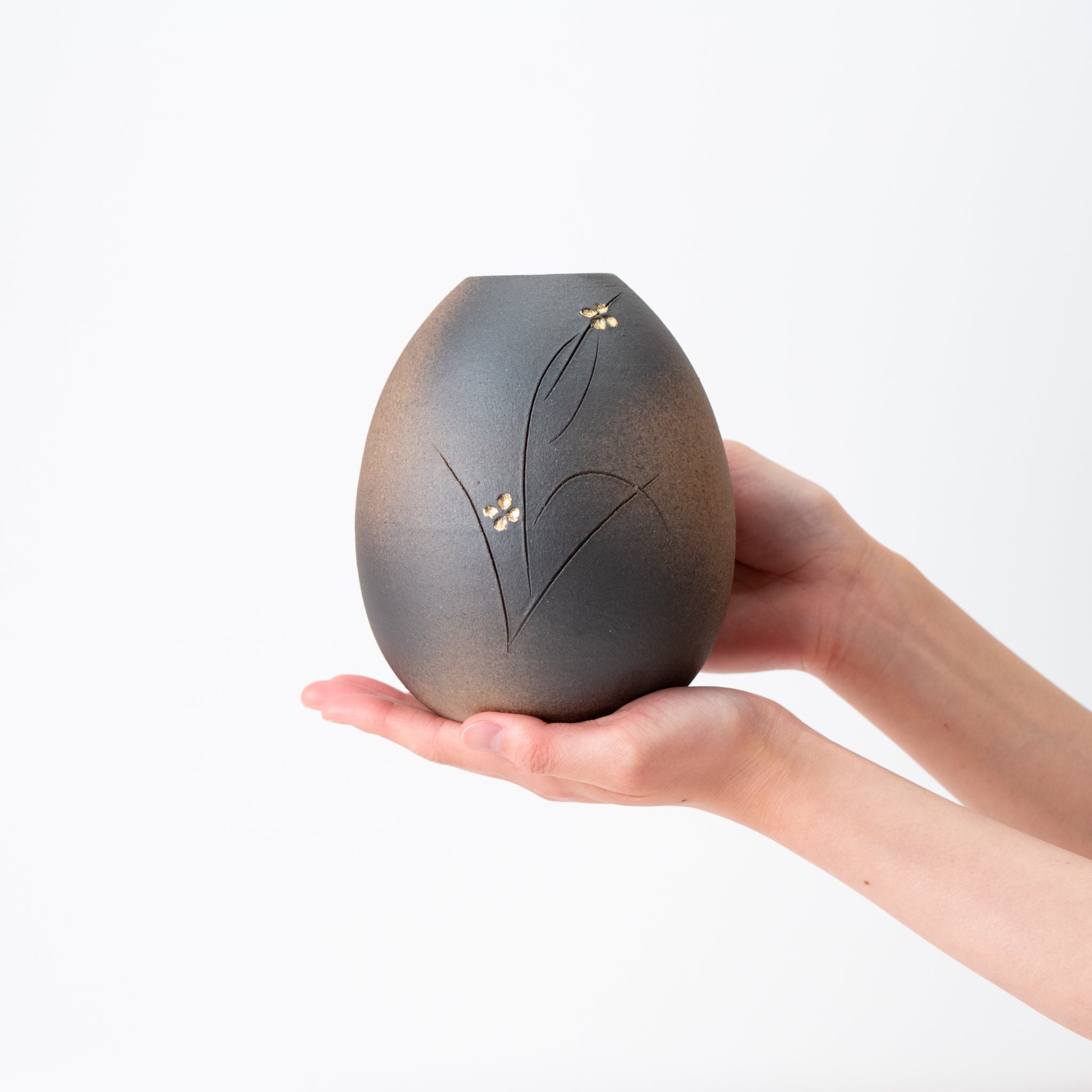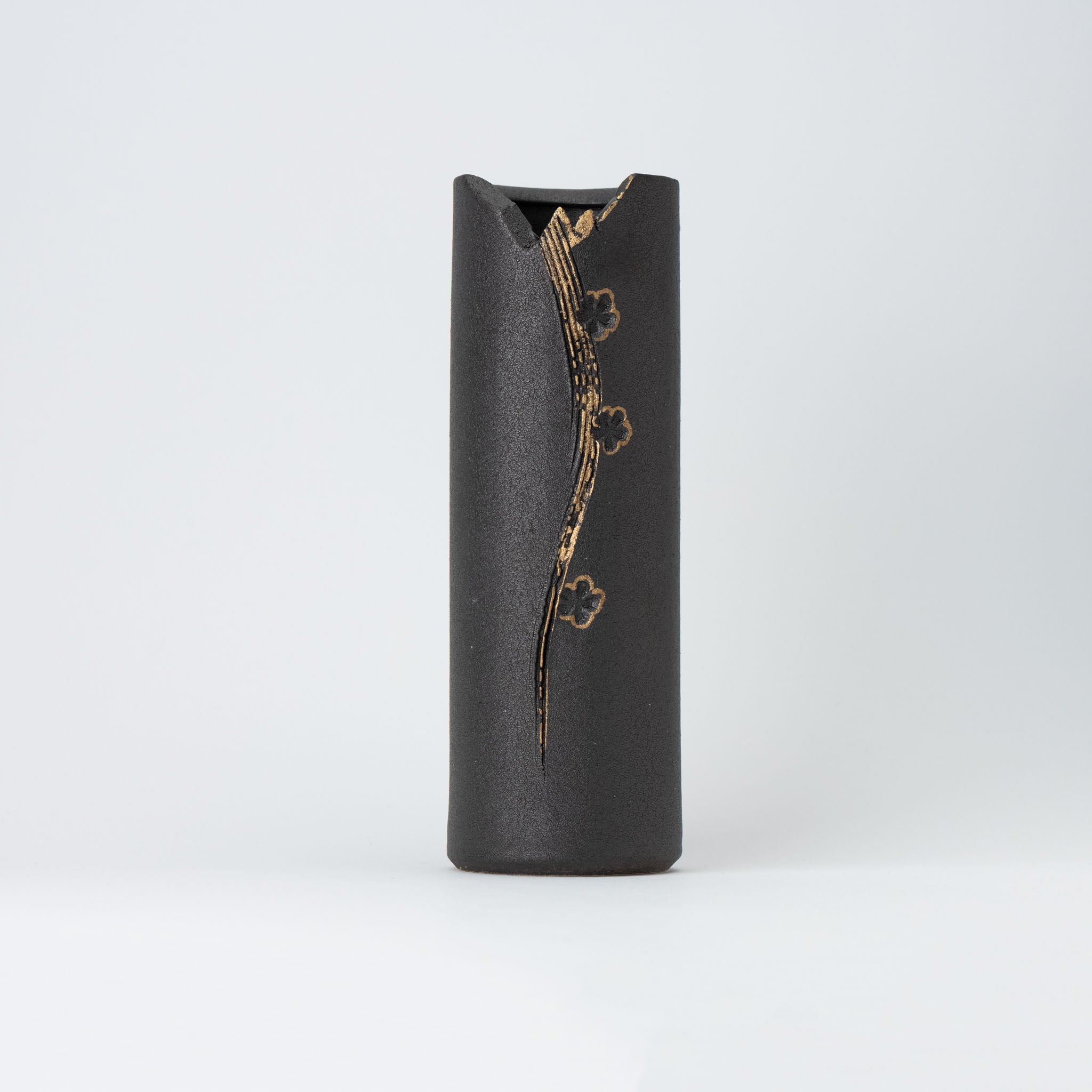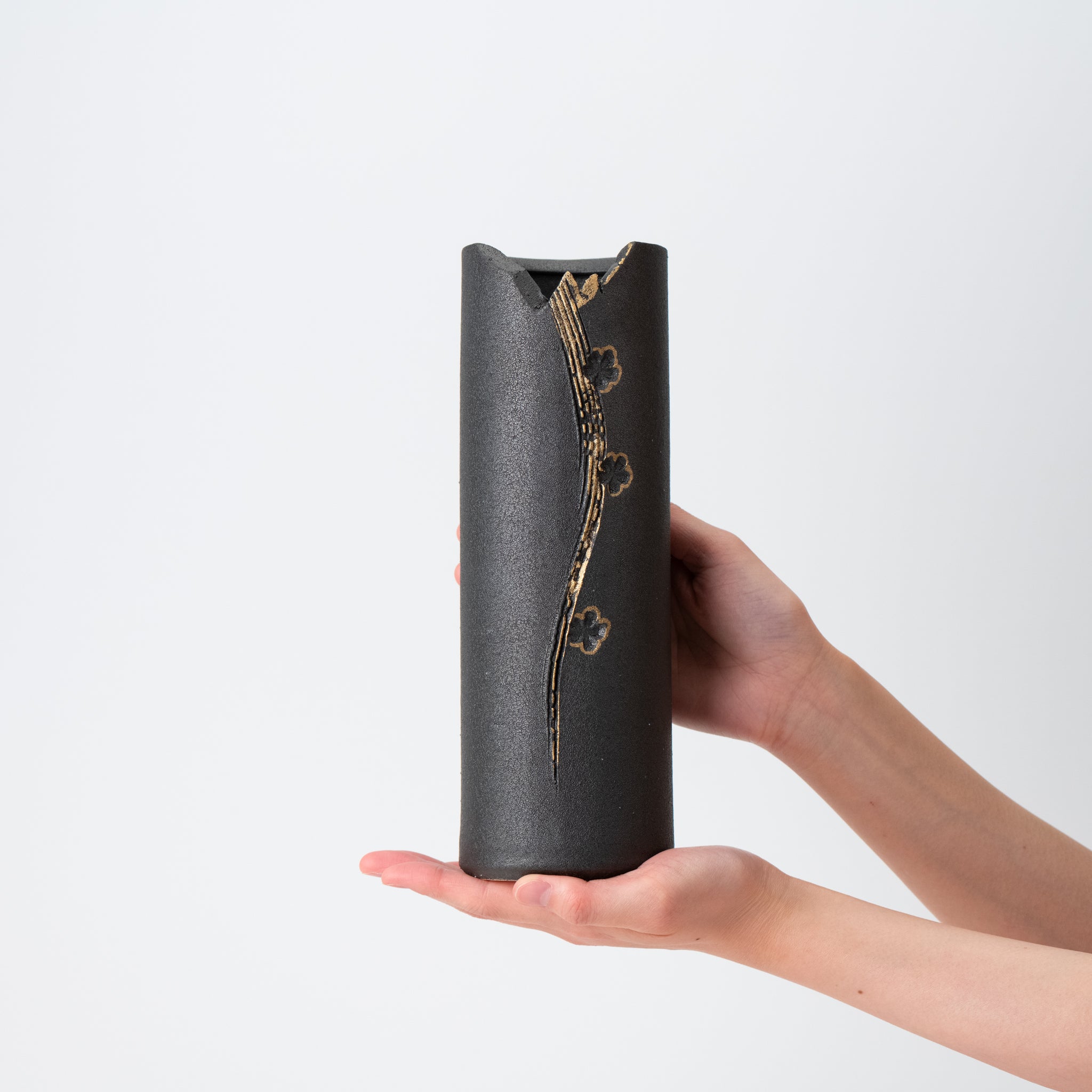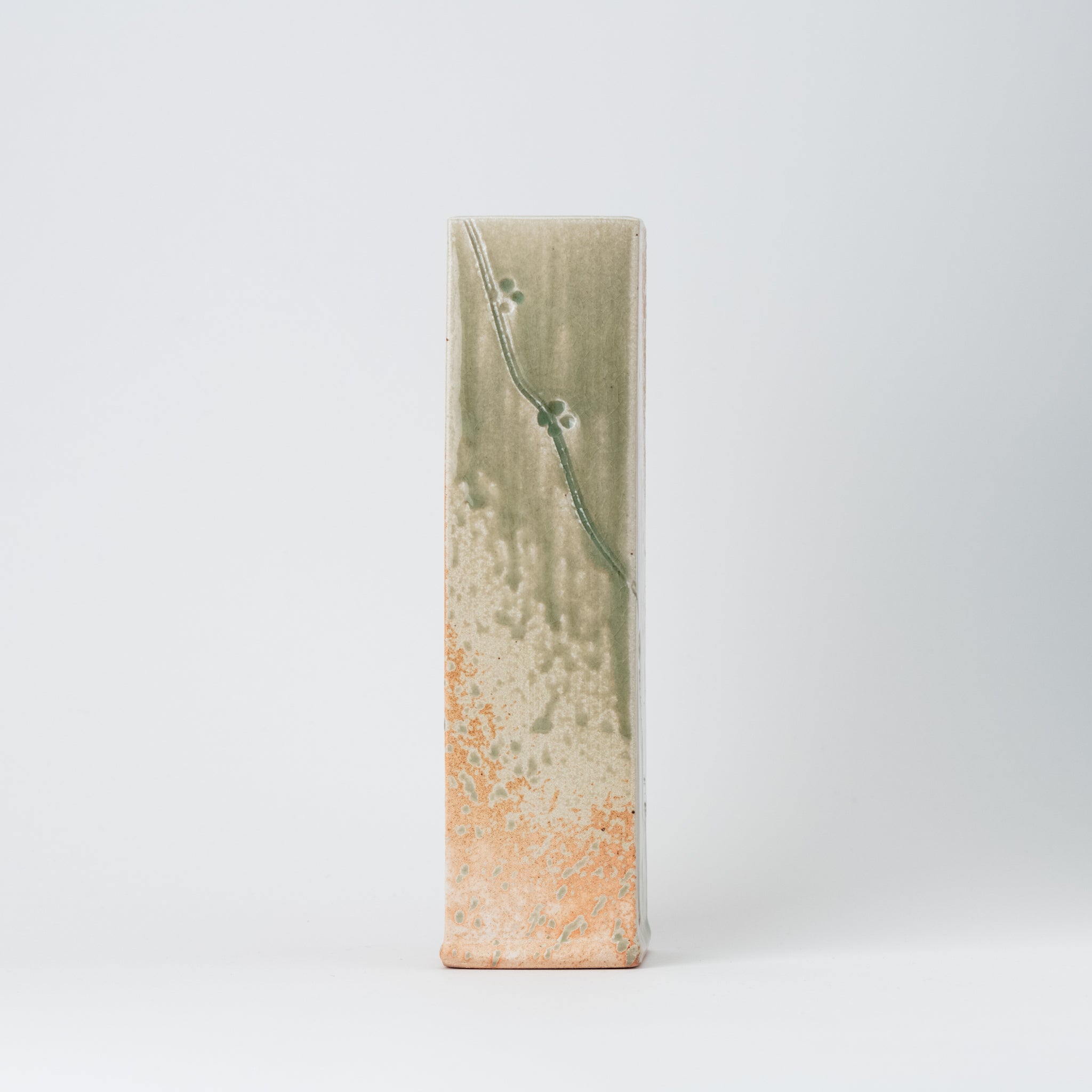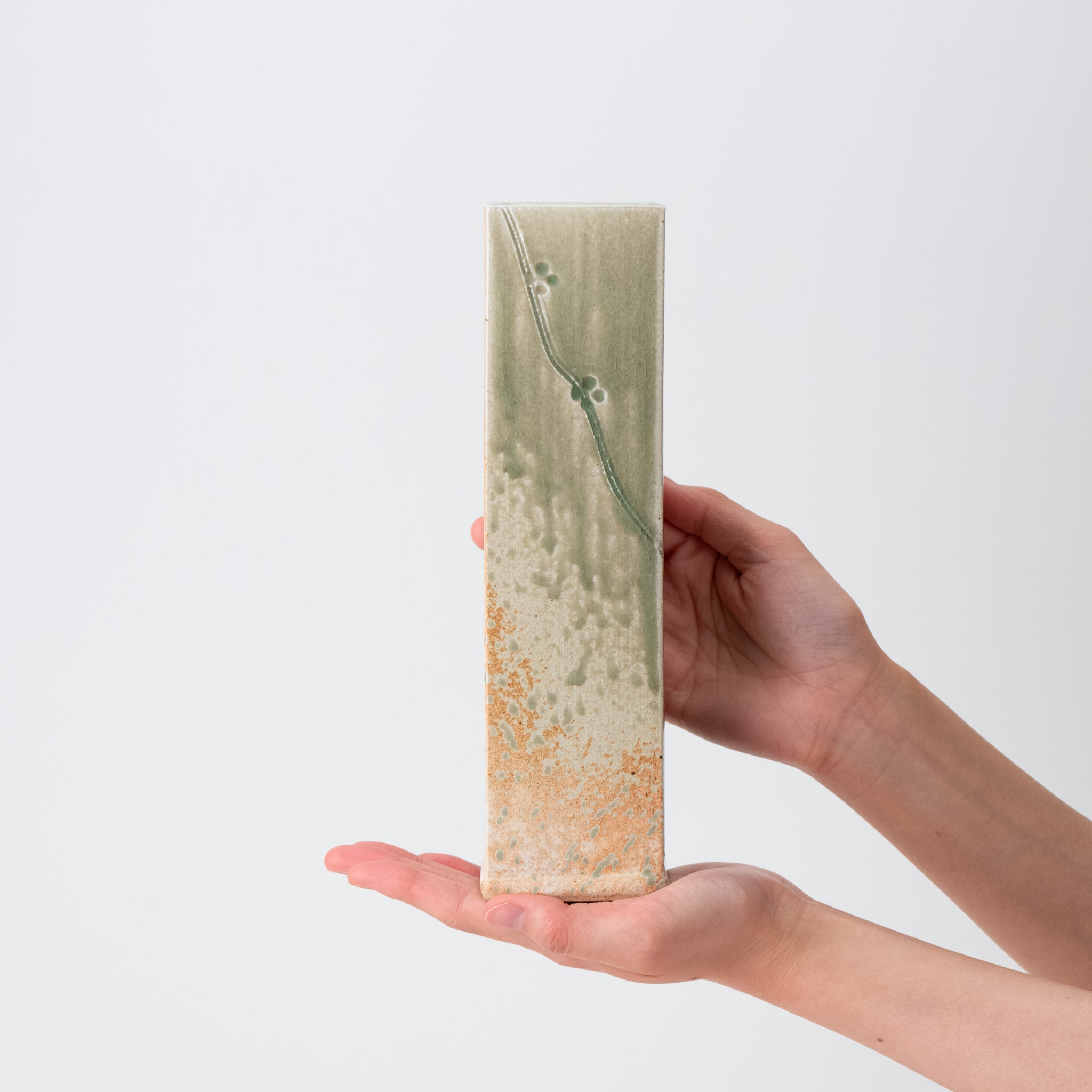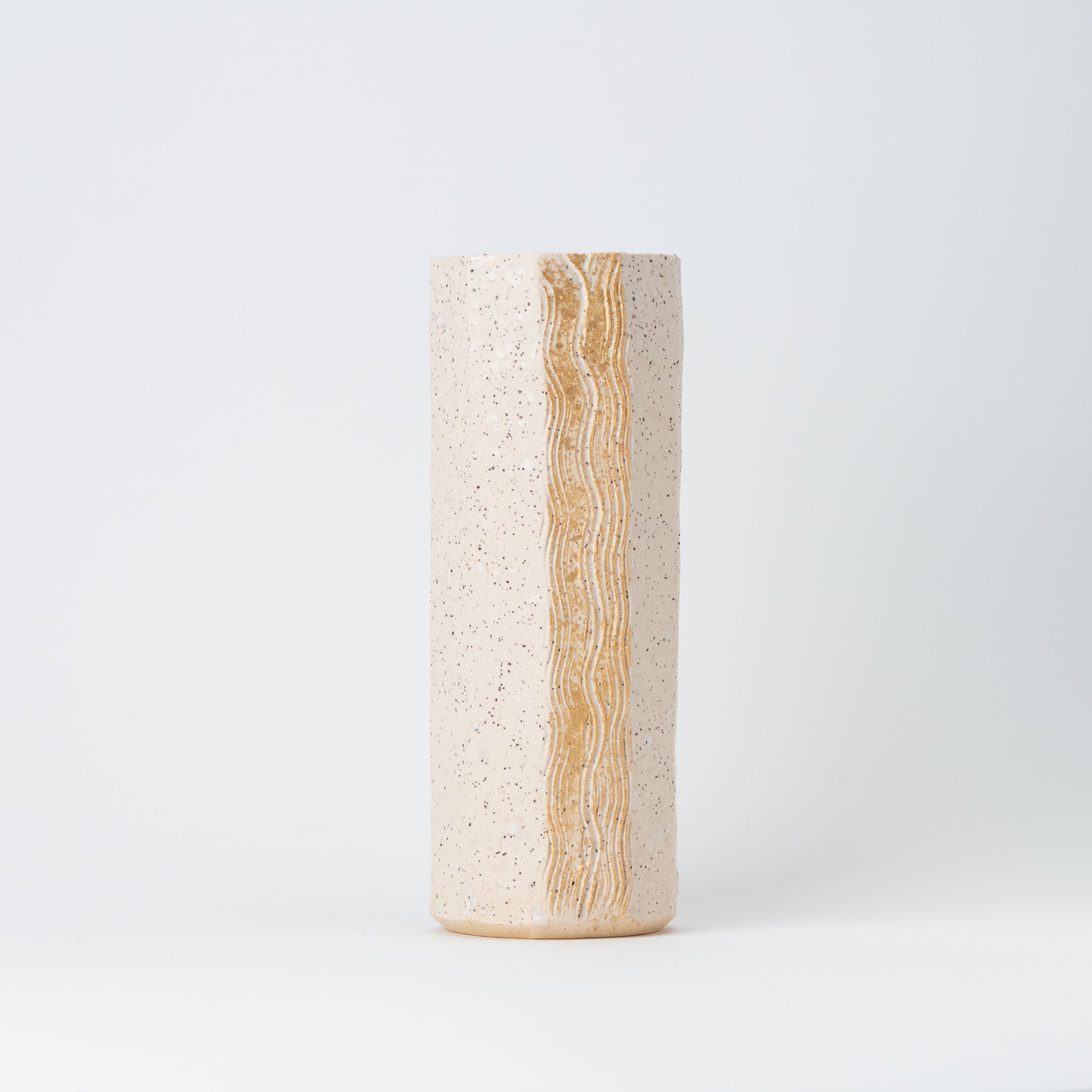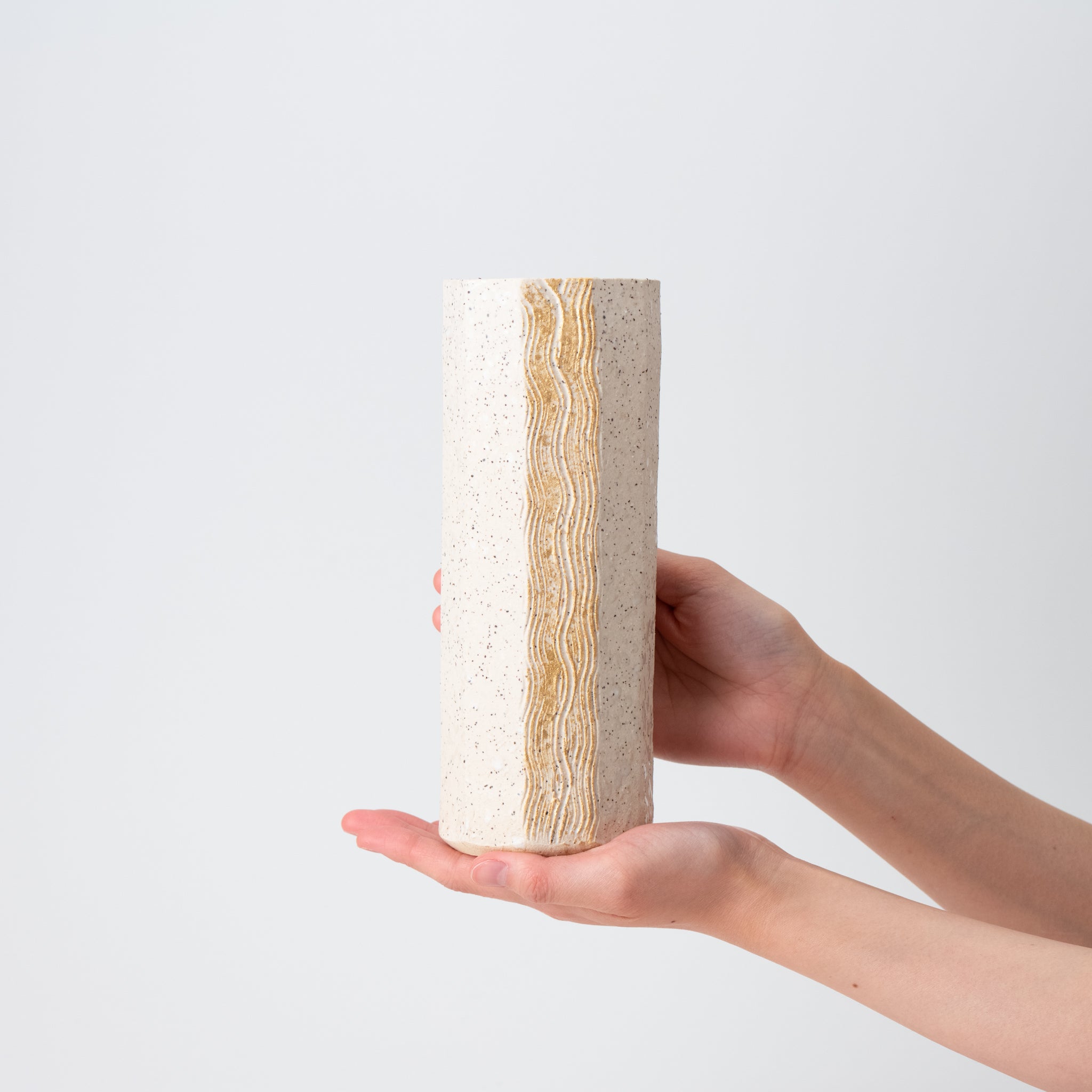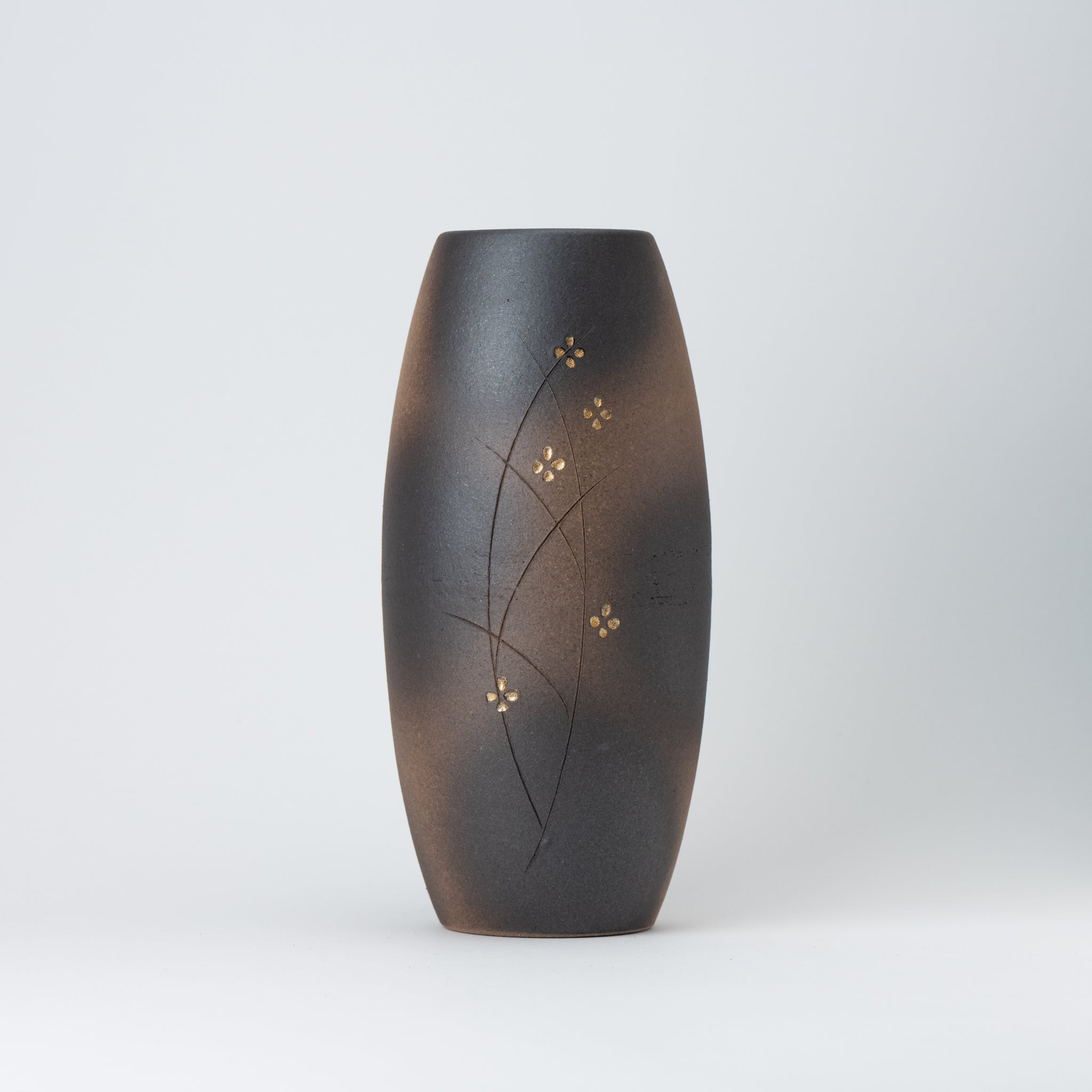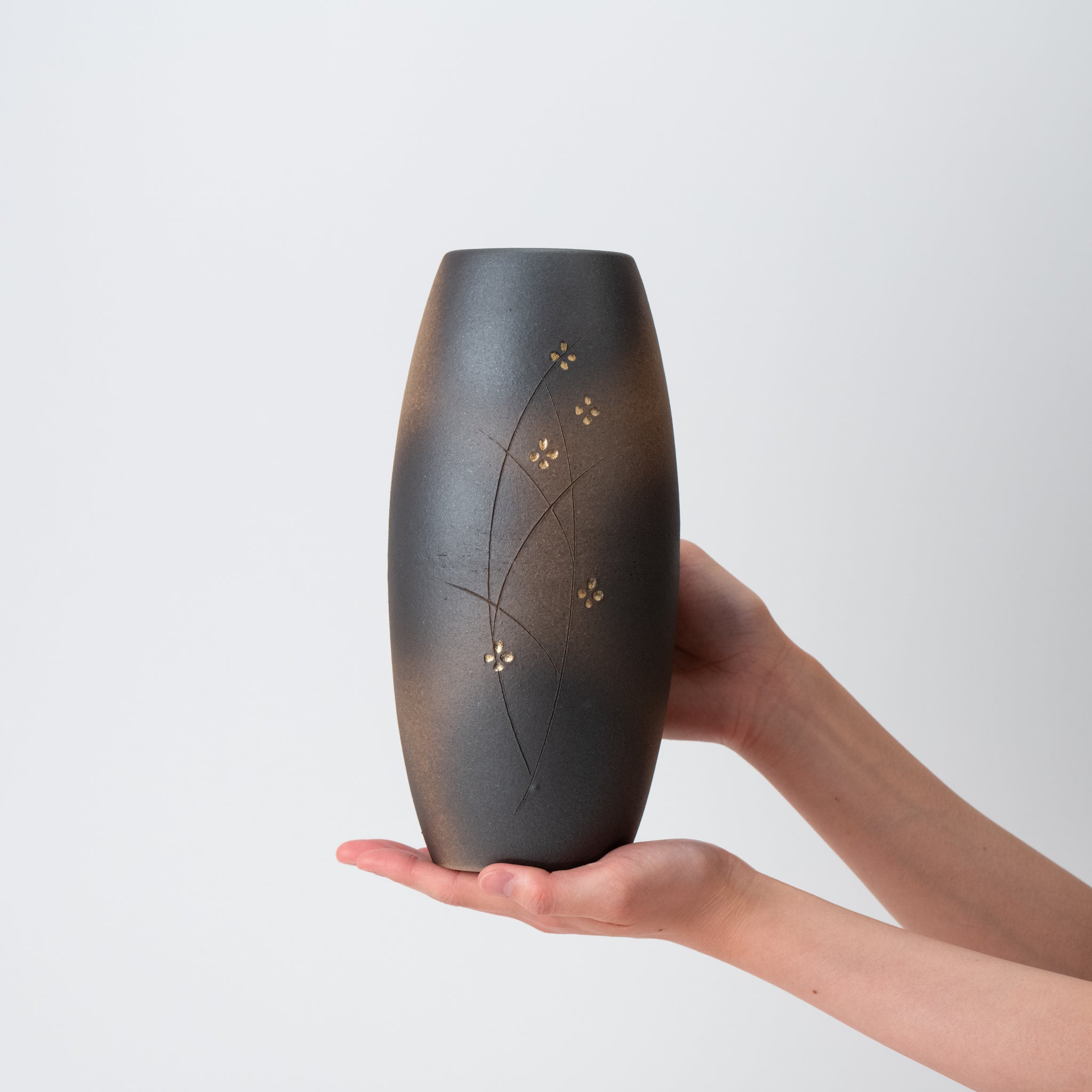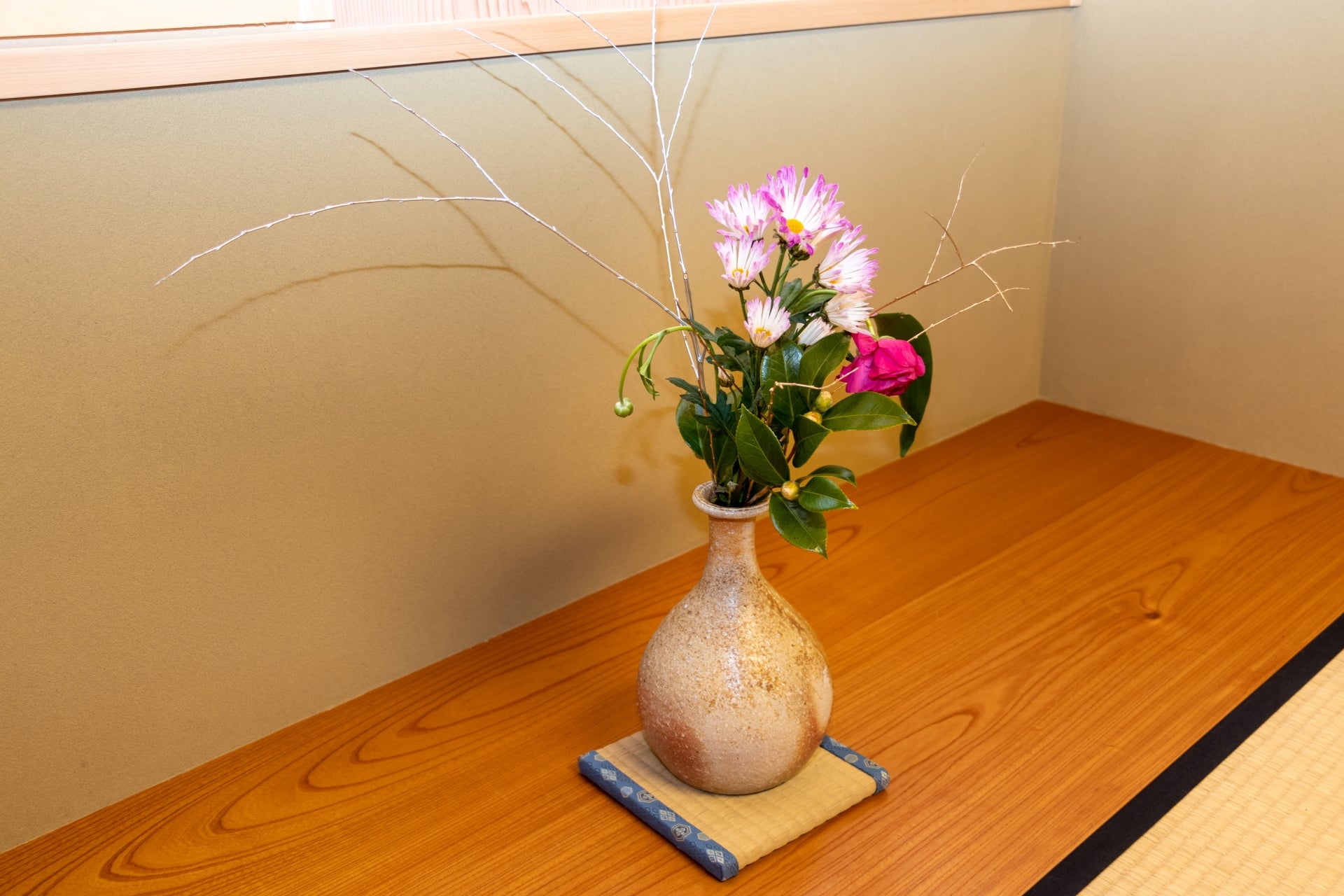
Naginowa Japanese Ikebana / Flower Vase
Ikebana is the art of taking flowers, branches, leaves, and stems and breathing new life into them.
In contrast to the Western custom of casually arranging flowers, ikebana brings out the inner nature of flowers and living materials and expresses emotion.
The careful arrangement of a single flower can be as powerful as an elaborate ikebana arrangement if the creator is skilled.
The spirit of ikebana, an ancient Japanese tradition, is profound in itself, but it will also make you love the single act of “arranging flowers” in your daily life.
Ikebana in Japan is said to have its roots in Shinto rituals and the Buddhist tradition of flower offerings that came from China in the 6th century.
The first written reference to ikebana is the Densho, written in the 15th century. In it, there are detailed instructions on how to make ikebana for each season and event, showing that ikebana embodies the Japanese culture's appreciation and sensitivity to nature.
Around the same time, ikebana became a secular activity. Newly built houses always had a space called “tokonoma,” where hanging scrolls, works of art, and ikebana were displayed.
In Japanese culture, where impermanence is valued, the alcove was regularly replaced at the change of seasons and on celebratory occasions. Against this background, flower arranging became the path to ikebana, which is now recognized as an art form.
Filters
